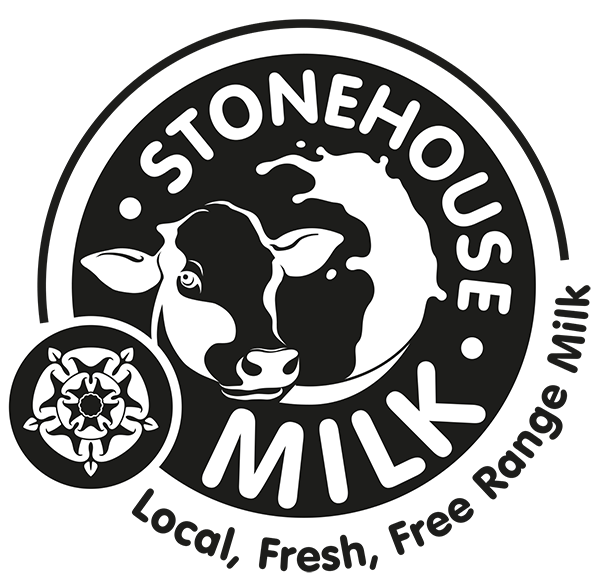Milk is one of the most widely produced and valuable agricultural commodities on the planet. Containing a powerful mixture of essential nutrients, it fuels food security, nutrition and economic development.
At Stonehouse milk we aim to produce a local, high quality product. The milk is gently pasteurised at a lower temperature retaining the flavour. The milk is also non-homogenised giving the creamy taste and a more nutrient rich milk.
When you choose to buy your milk from our farm you really know where your food is coming from.
We are a Free Range Dairy and are passionate about our cows grazing in the fields for as much of the year as the weather permits (minimum of 180 days and 120 nights).
Some interesting milk facts
• Milk is white because it contains casein – a milk protein that is rich in calcium
• Milk is one of the worlds oldest foods
• Cleopatra, an ancient Egyptian queen, took milk bath’s to keep her skin looking young and healthy
• The first milk bottle was invented in 1884, that’s over 130 years ago
• One glass of milk gives you 30% of your daily calcium
• Milk is an excellent source of vitamins A, B12 and D. These vitamins are essential for healthy eye-sight, nerves, blood and also helps with digestion
• Milk can be grouped into five different types: fresh, concentrated, long-life, raw and powder
• Any bad bacteria are removed from milk when it’s pasteurised. Pasteurisation is the process of heating up milk and then quickly cooling it down killing any bugs
• In 2016 nearly 150m litres of milk were consumed in the UK
• Finland tops the table of the country that consumes the most amount of Milk consuming some 361kg of milk per capita
• In the UK the first sell-by dates went onto milk and cream products in the 1950s. Marks and Spencer started using them to give people confidence in the products in their chilled cabinets
• A cow produces an average of 6.3 gallons of milk daily and 350,000 glasses of milk in a lifetime
• Historically, milk is added to the tea and it was a sign of wealth when someone added their milk afterward, as pouring tea with low-quality porcelain would break the cup
• 65% of the milk consumption worldwide is from goat’s milk
• The term “milk” comes from “Old English meoluc (West Saxon), milc (Anglian), from Proto-Germanic *meluks “milk” (source also of Old Norse mjolk, Old Frisian melok, Old Saxon miluk, Dutch melk, Old High German miluh, German Milch, Gothic miluks)”
(Source: rosiesworld.co.nz & drinkmilk.co.uk)
Thank you Will Luker at Gloucestershire Live for our coverage on World Milk Day!




